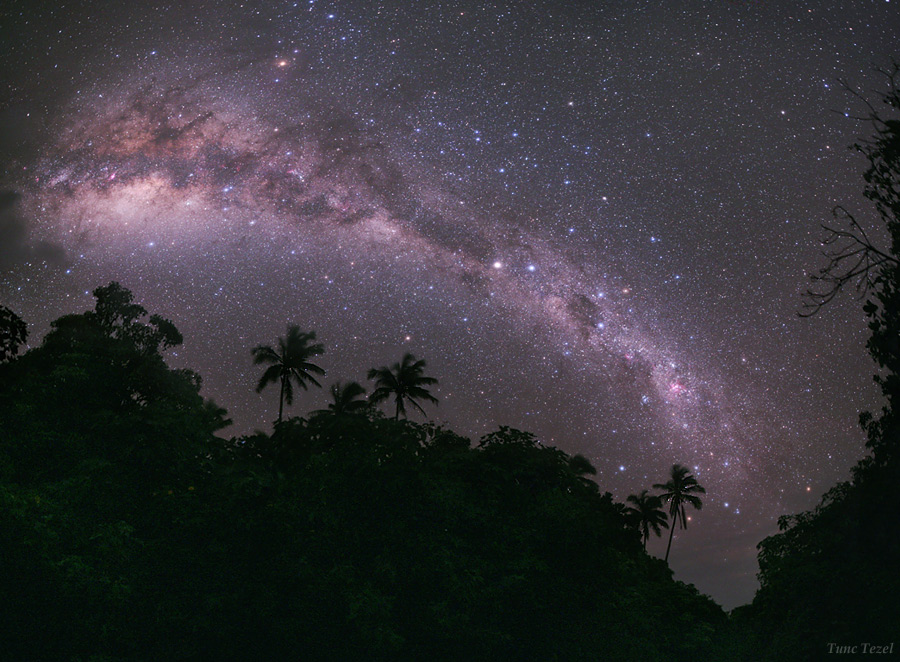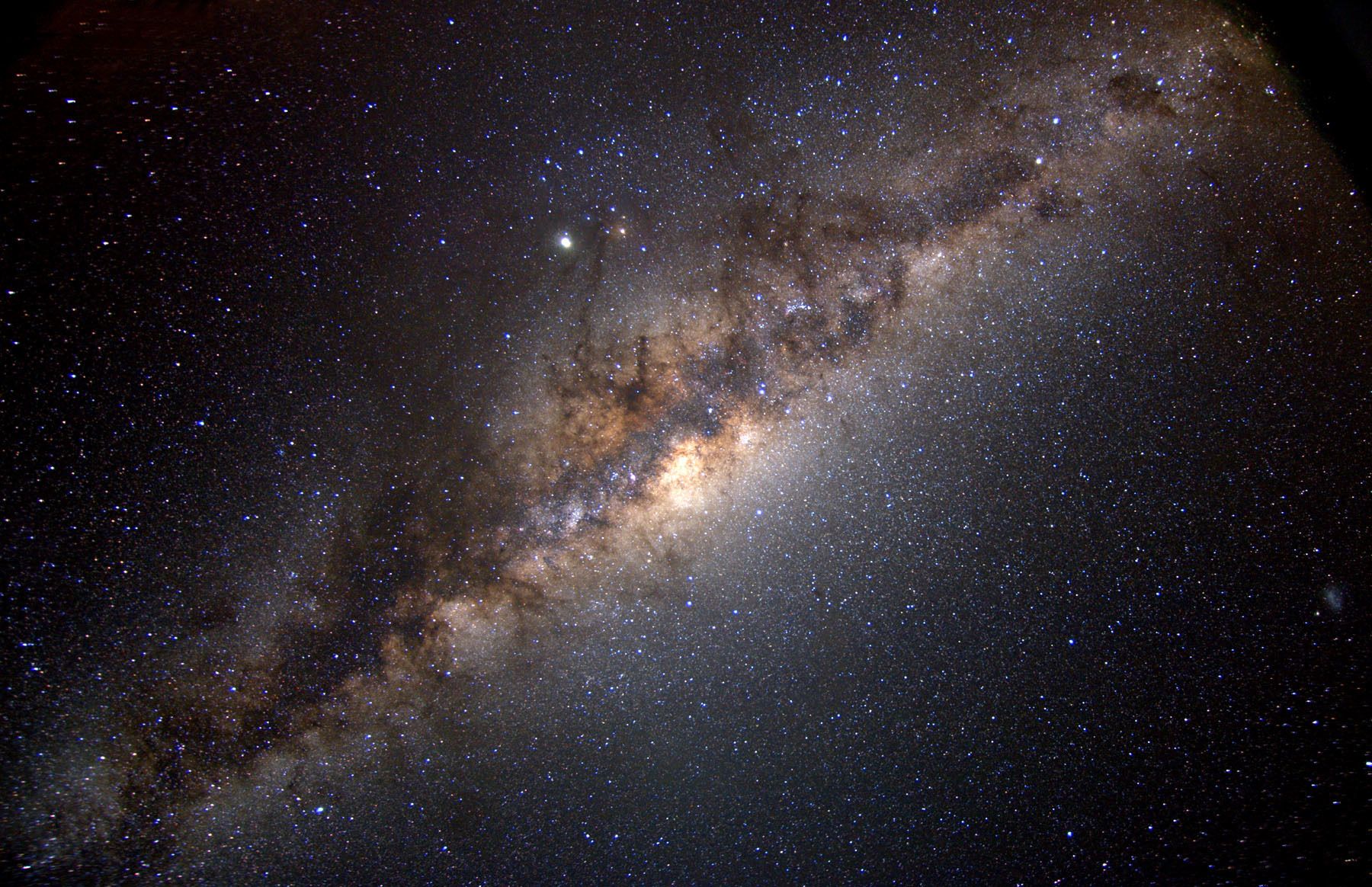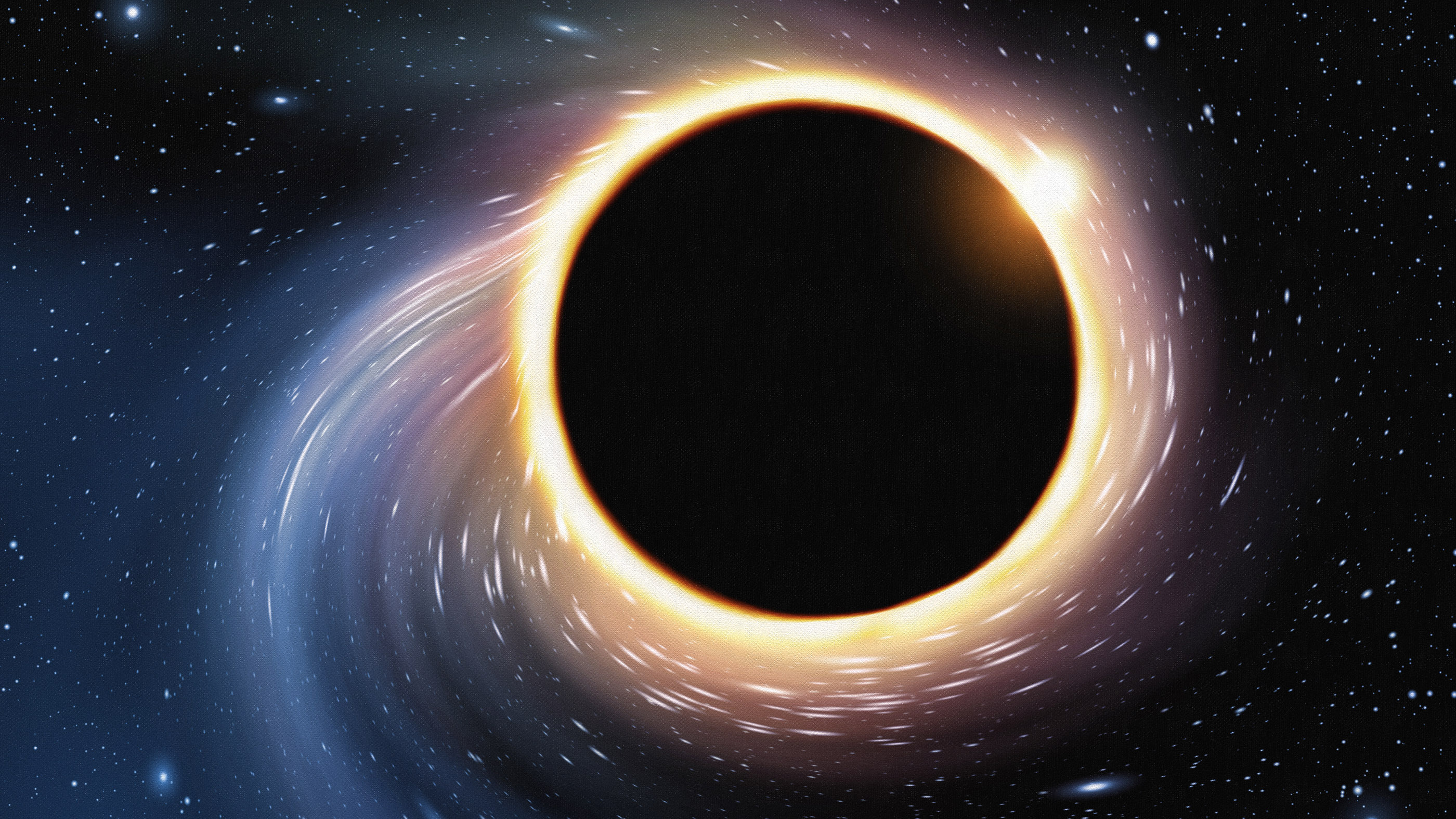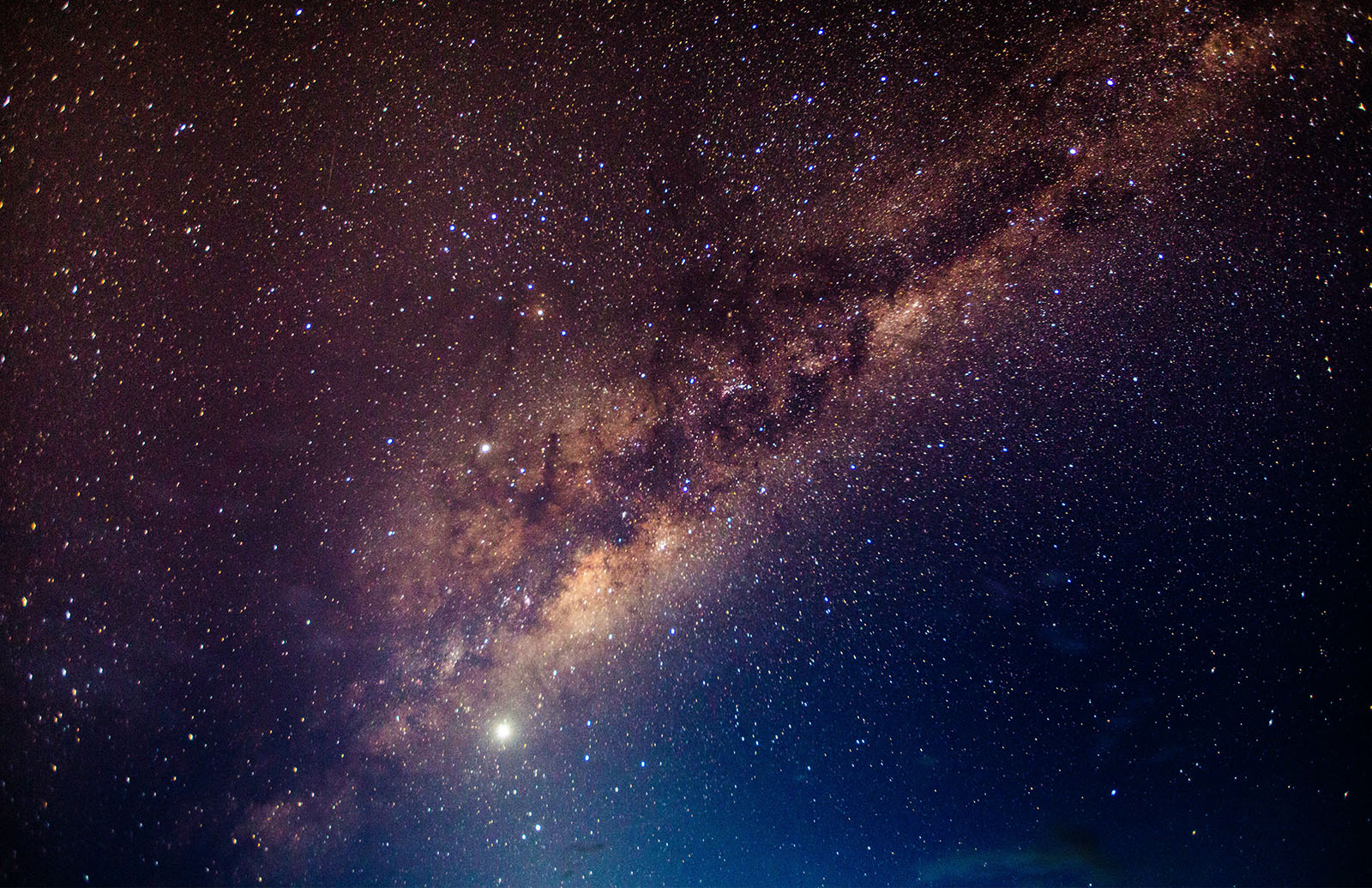
10 Cool Facts About Our Galaxy
The Milky Way Galaxy is an immense and very interesting place. It holds so many undiscovered secrets and is just simply eye stunning. The Milky Way is the galaxy that contains our Solar System, with the name describing the galaxy's appearance from Earth: a hazy band of light. There is so much our universe holds and much we don’t understand. Luckily for you, we have compiled ten facts about our very own galaxy that you did not know!


The Milky Way is a disk about 120,000 light years across with a central bulge that has a diameter of 12,000 light years. The disk is far from perfectly flat though, it is warped in shape. There are two dwarf galaxies that are likely causing this, as they may be orbiting the Milky Way in a fashion that can be referred to as a galactic tug-of-war.


The most recent estimates place the age of the Universe at about 13.7 billion years. Our Milky Way has been around for about 13.6 billion of those years. The oldest stars in our Milky Way are found in globular clusters, and the age of our galaxy is determined by measuring the age of these stars, and then extrapolating the age of what was before them. So give or take this number by 800 million years.


Most scientists believe that 90% of our galaxy’s mass consists of dark matter, which gives it a mysterious halo. The halo we are referring to is not the conventional glowing sort we tend to associate with angels. The halo is actually invisible, but its existence has been demonstrated by running simulations of how the Milky Way would appear without this invisible mass, and how fast the stars inside our galaxy’s disk orbit the center.


Though it may not look like it to the casual observer, the Milky Way is full of dust and gas. This matter makes up a whopping 10-15% of the luminous/visible matter in our galaxy. The thickness of the dust deflects visible light but infrared light can pass through the dust, which is why telescopes can capture jaw dropping pictures of our observable universe!


As galaxies go, the Milky Way is in the middle of the pack in terms of size. The largest galaxy we know of has over 100 trillion stars. We aren’t sure the exact number of stars, but it's estimated that the Milky Way has between 100-400 billion stars. This number is not fixed, however, because the Milky Way is constantly losing stars through supernovae, and producing new ones all the time (about seven per year).


The center of our galaxy is called Sagittarius A*, a massive source of radio waves that is believed to be a black hole. It measures 22.5 million kilometers (14 million miles) across which is the size of Mercury’s orbit.


The Milky Way became its current size and shape by eating up other galaxies, and is still doing so today. In fact, the Canis Major Dwarf Galaxy is the closest galaxy to the Milky Way because its stars are currently being added to the Milky Way’s disk. The Sagittarius Dwarf Galaxy was one example of a galaxy that has been consumed by our Milky Way!


Currently, we can’t take a picture of the Milky Way from above. This is because we are inside the galactic disk, about 26,000 light years from the galactic center. That is like trying to take a picture of your own car or house from the inside. This means that any of the beautiful pictures you’ve ever seen that is supposedly the Milky Way is either a picture of another spiral galaxy, or the work of an artist. Including the picture above!


As large as it is, the Milky Way is part of an even larger galactic structure known as Virgo Supercluster. The Milky Way and the Andromeda Galaxy Along with some 50 other galaxies, make up the cluster known as the Local Group.


The Milky Way, along with everything else in the Universe, is moving through space. The Earth moves around the Sun, the Sun around the Milky Way, and the Milky Way moves with the Local Group. The Cosmic Microwave Background radiation, radiation left over from the Big Bang, is used as a reference point to measure the velocity of things moving in space. The Local Group of galaxies is estimated to be moving at about 600 km/s or 2.2 million km/hr!
Our galaxy is so awesome and beautiful for us to study and admire it. With all the light pollution we currently have, it is very hard to see the stars at night in urban areas. Worry not because you can purchase your very own Galaxy Projector! Our 360 galaxy projector allows you to illuminate your room and fill it with stars! Click here for more information!
